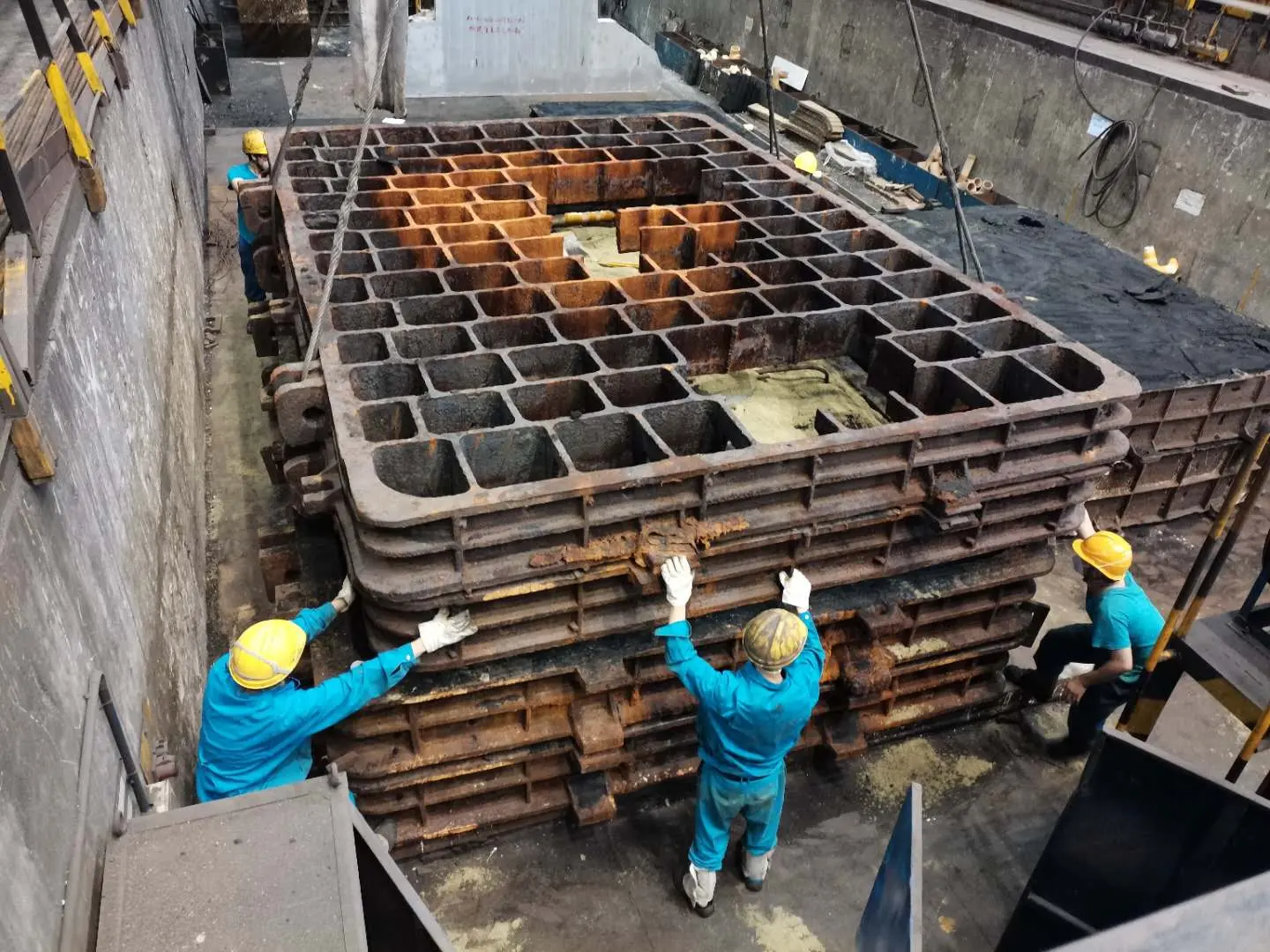Parts of Sand Casting An Overview
Sand casting is one of the oldest and most versatile manufacturing processes used to create metal parts. It is particularly valued for its ability to produce complex shapes with good dimensional accuracy and surface finish. The process involves several key components, each playing a crucial role in the successful production of cast metal parts. Understanding these components can provide insights into how sand casting works and its importance in various industries.
1. Pattern The pattern is a replica of the part to be cast, typically made from wood, plastic, or metal. It is slightly oversized to account for shrinkage and is vital for forming the mold cavity. Patterns can be made as solid or hollow, depending on the part requirements. They can also come in one-piece or multi-piece designs, depending on the complexity of the part.
Parts of Sand Casting An Overview
3. Core In cases where the final part requires internal features or cavities, cores made from sand are used. Cores are placed in the mold before pouring the metal to create these internal shapes. They must be durable enough to withstand the metal pouring process and are often treated with binders to retain their shape.
parts of sand casting

4. Pouring System The pouring system consists of the sprue, runners, and gates, which facilitate the flow of molten metal into the mold cavity. The sprue is the vertical channel through which the metal flows from the ladle, while the runners distribute the metal into the mold cavity through gates. Proper design of this system is crucial for minimizing turbulence and ensuring that the metal fills the mold evenly.
5. Venting System As the molten metal enters the mold, it displaces air, which can lead to defects if not properly vented. The venting system allows trapped air to escape, reducing the chances of defects like porosity and ensuring a good fill. Vents are typically small channels placed in strategic locations throughout the mold.
6. Finishing Processes After the metal has cooled and solidified, the mold is removed, and the cast part is cleaned. This may involve sandblasting, grinding, or machining to remove any excess material and achieve the desired finish. Final inspections ensure the part meets specifications and quality standards.
In summary, the parts of sand casting—from patterns and molds to pouring and venting systems—are essential for producing high-quality castings. This process is widely used in industries such as automotive, aerospace, and heavy machinery, where complex and durable metal parts are required. Understanding the components involved in sand casting helps manufacturers optimize production and achieve efficient, cost-effective outcomes.
Post time:සැප්. . 01, 2024 10:31
Next:molding sand for metal casting
